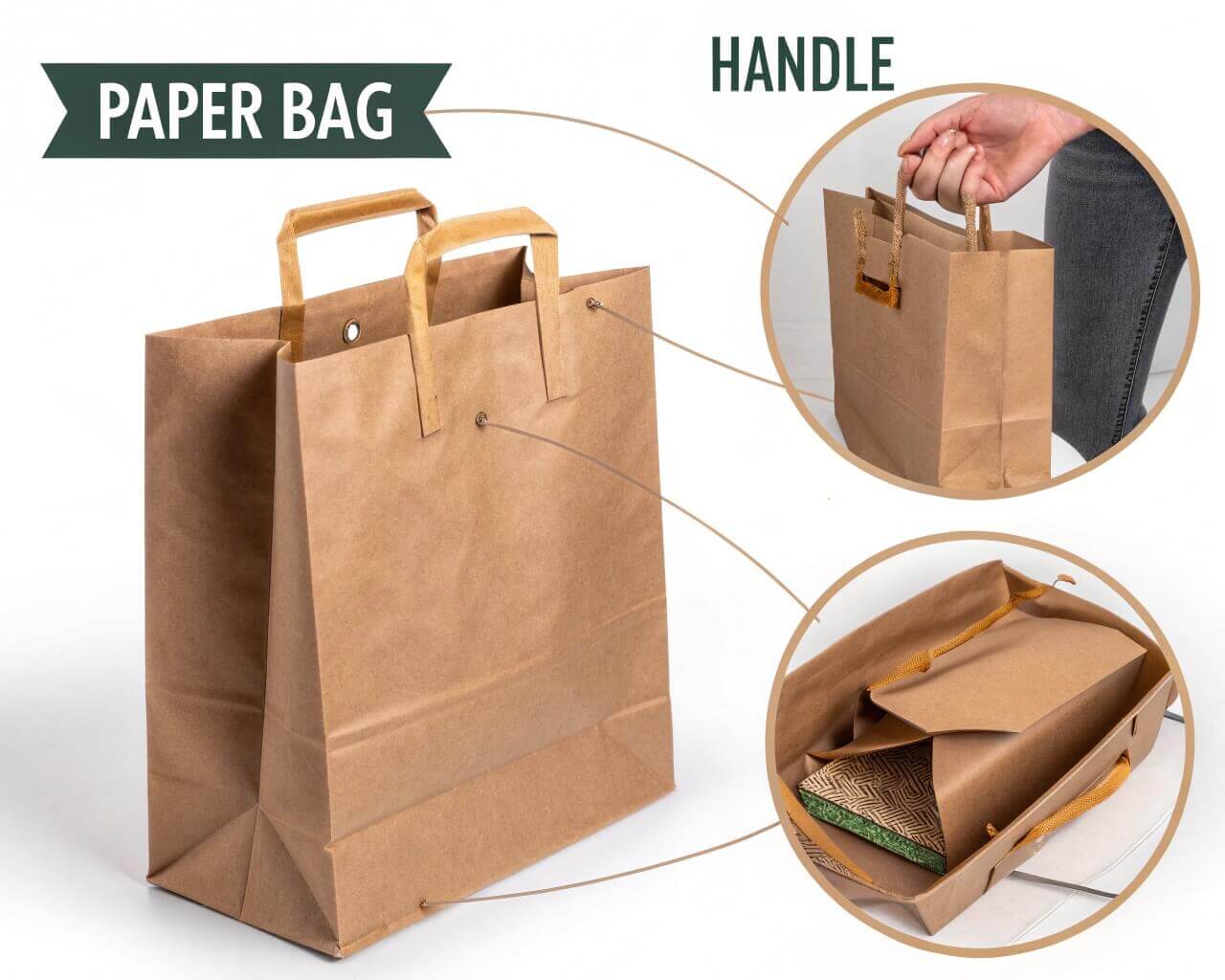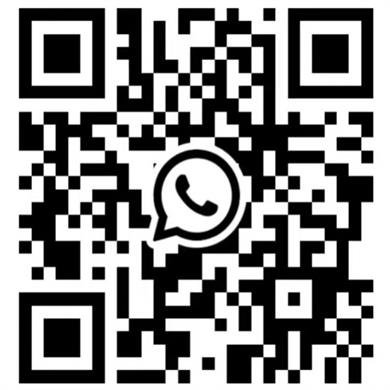Got a customer complaint because a handle broke? Or paid extra freight for bulky handles? Frustrating, isn’t it? Stop guessing. I’ll show you how to pick handles that actually work for your products.
Choose handles based on your items’ weight and branding needs. Twisted suits light items; flat handles carry heavier things efficiently; die-cut saves cargo space. Wrong choices risk breaks or extra costs – get it right the first time.

Struggling with handle types drains time and money. As a factory owner, I see this daily. Let me simplify the options so you can decide fast. First thing: understand what handles exist.
What is the handle type in a bag?
Imagine loading fragile goods, then the handle snaps midway. Embarrassing for you, costly for customers. Avoid such fails. Look at these major categories first.
Main handle types include twisted paper, flat paper, die-cut holes, plus rope/cord options. Each serves different weight limits and use cases. Select wrong, and bags tear or products spill unexpectedly.

Three Core Handle Groups Explained
Paper bag handles split into three broad groups based on material and strength. Critical differences affect costs and durability:
| Handle Group | Key Materials | Strength | Typical Use |
|---|---|---|---|
| Paper Handles | Kraft/Recycled Paper | Low-Medium | Gifts, lightweight retail |
| Cord/Rope Handles | Cotton/Nylon | Medium-High | Luxury goods, heavy items |
| Integrated Handles | Paper Only | Low | Takeout, small purchases |
Twisted paper handles are most common. We make them from recycled kraft paper. They are biodegradable and cheap. But they snap under heavy weight. Use only for small items like cosmetics.
Flat paper handles are wider. Our factory bonds layered paper. They hold up to 5kg easily. They cost more than twisted ones but save labor. Great for clothing boutiques.
Rope handles use cotton or nylon cords. Cotton feels premium but costs double. Nylon lasts longer in rain. Both work well for gift bags. We source these for high-end retailers daily.
What is the handle of a paper bag called?
Ever ordered handles by a nickname and got wrong supplies? Yes, terms vary wildly outside industry. Use precise naming to avoid mix-ups.
Standard names are twisted, flat, die-cut (hole-punch), or cord handles. Mislabeling causes shipment errors and wasted time. I learned this the hard way when clients said "rope" but meant "flat" – disaster!

Classifying Handles by Common Names
Handle confusion costs money. Suppliers and buyers must use consistent terms. Here’s a quick reference:
| Common Name | Alternate Names | Material |
|---|---|---|
| Twisted Handle | Rope handle, paper twist | Folded/recycled paper |
| Flat Handle | Strip handle, band grip | Bonded paper layers |
| Die-Cut Handle | Punch-out handle, integrated hole | Main bag paper |
| Cord Handle | Rope handle, cord grip (note: overlaps) | Cotton/nylon |
Twisted paper handles are NOT cords – they’re paper rolled into ropelike shapes. True cord handles use textile materials. Confusing both causes misorders. One client switched mid-project: chaos ensued.
Die-cut isn’t a “separate handle” – it’s cut from the bag body. We charge printing plate fees here. That brings cost surprises if clients don’t know. Clear naming prevents 30% of order hiccups.
What type of paper is a paper bag?
Think all paper bags are equal? Try loading 4kg into thin paper – see it rip instantly. Poor paper choices wreck handle performance, too.
Paper bags typically use kraft paper, recycled content, or treated specialty stock. Thickness ranges 100-250 GSM. Handle attachment zones need reinforcement. Weak paper means any handle fails.

Paper Strength Directly Impacts Handles
Paper choice decides whether handles function:
Paper Types and Compatible Handles
| Paper Type | Weight Range (GSM) | Best Handle Match | Why |
|---|---|---|---|
| Standard Kraft | 120-150 | Twisted paper | Adequate for light loads |
| Reinforced Kraft | 150-200 | Flat paper handles | Higher ply supports weight distribution |
| Coated Paper | 180-250 | Die-cut/cotton ropes | Surface resists tears; handles anchor well |
Standard kraft paper suits twisted handles for items under 2kg. Our export clients use this for T-shirt bags.
Thicker 180GSM kraft works with flat handles. We double-laminate the handle zone in production. This combo holds wine bottles securely using automated machines.
Coated paper bags withstand die-cut handles. The coating prevents ripped hole edges. Without it, die-cut handles fray fast. We only suggest it with laminated stock.
Is paper bag making a good business?
Worried about stiff competition here? Forget cheap knockoffs – we focus on custom solutions. With eco-demand surging, premium bags yield steady profits.
Paper bags are booming. We see rising bulk orders since plastic bans. Focus on unique handles and solid quality. Build loyalty through reliability – like our 10-year client base.

Why Paper Bag Manufacturing Thrives Now
Three factors make this business sustainable:
| Growth Driver | Opportunity | Our Factory’s Edge |
|---|---|---|
| Eco-Trend | Biodegradable mandates worldwide | 40+ eco-material suppliers |
| Customization | Brands seek signature handles | Free design proofs/testing |
| Scalability | Volume discounts attract big buyers | 1M+ unit monthly capacity |
Eco-bags need specialized handles. Twisted paper handles are recyclable. We test each batch for recycled content. Clients pay premiums for certification.
I help buyers start small: sample orders are free. First-time printing plates cost extra. The second order waives plate fees. This approach landed a 500K-unit deal from a sample trial.
Our equipment automates high orders. One flat handle bag machine finishes 100K units daily. Bulk rates slash client costs by 40%. Quality stays consistent – our defect rate stays under 0.5%.
Choose the right handle, save costs, and please customers. Partner with experts who deliver reliably – your brand deserves it.

